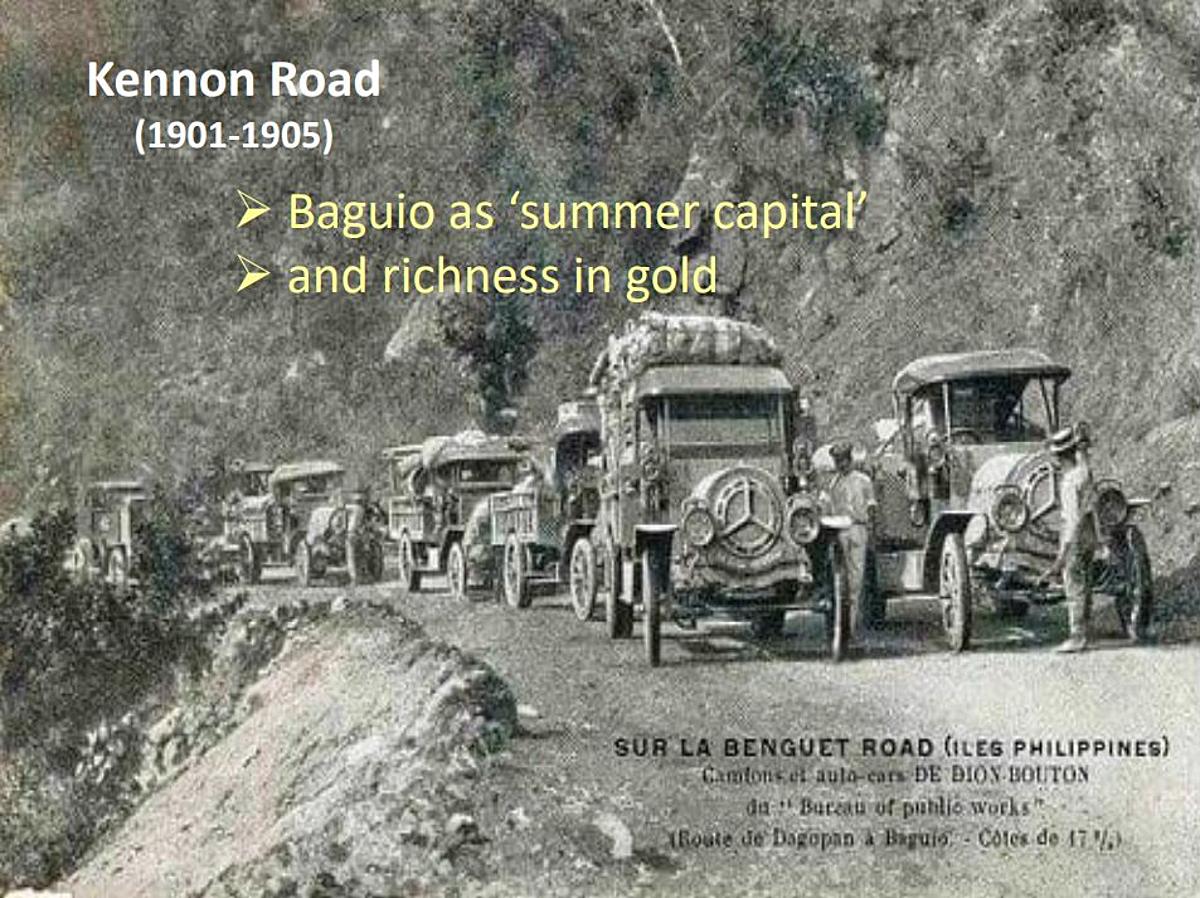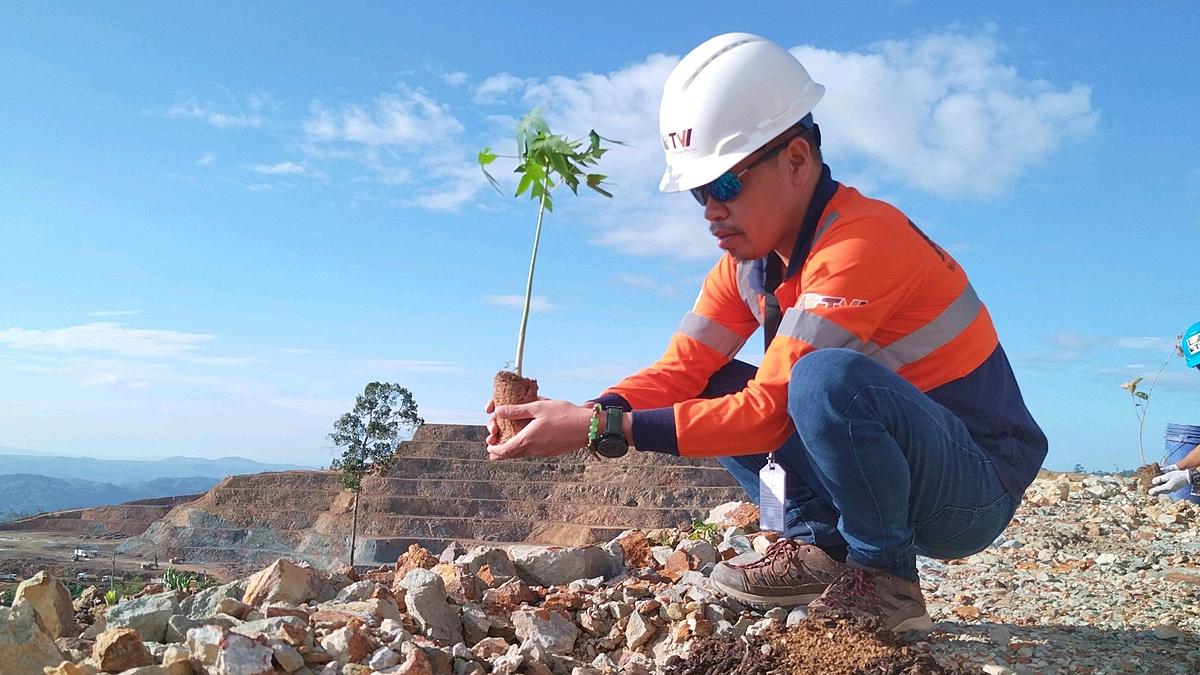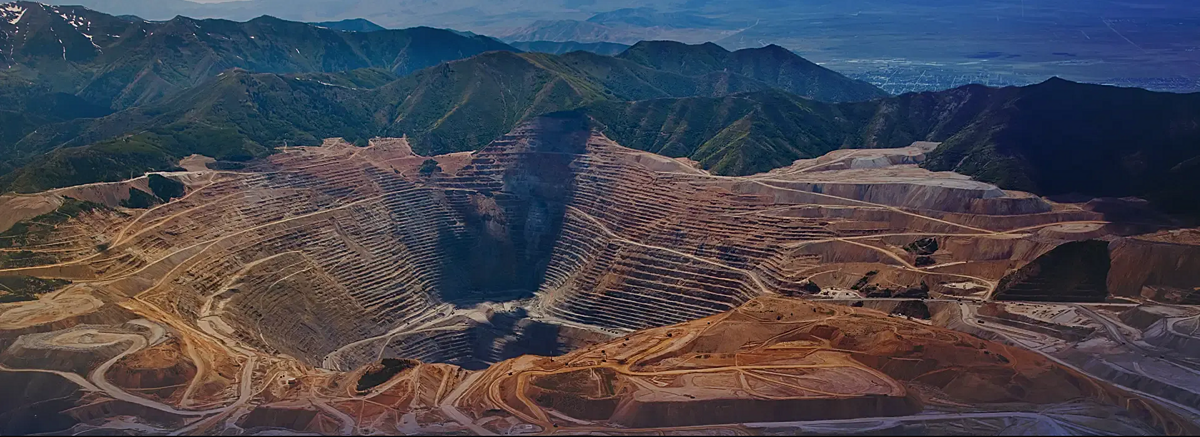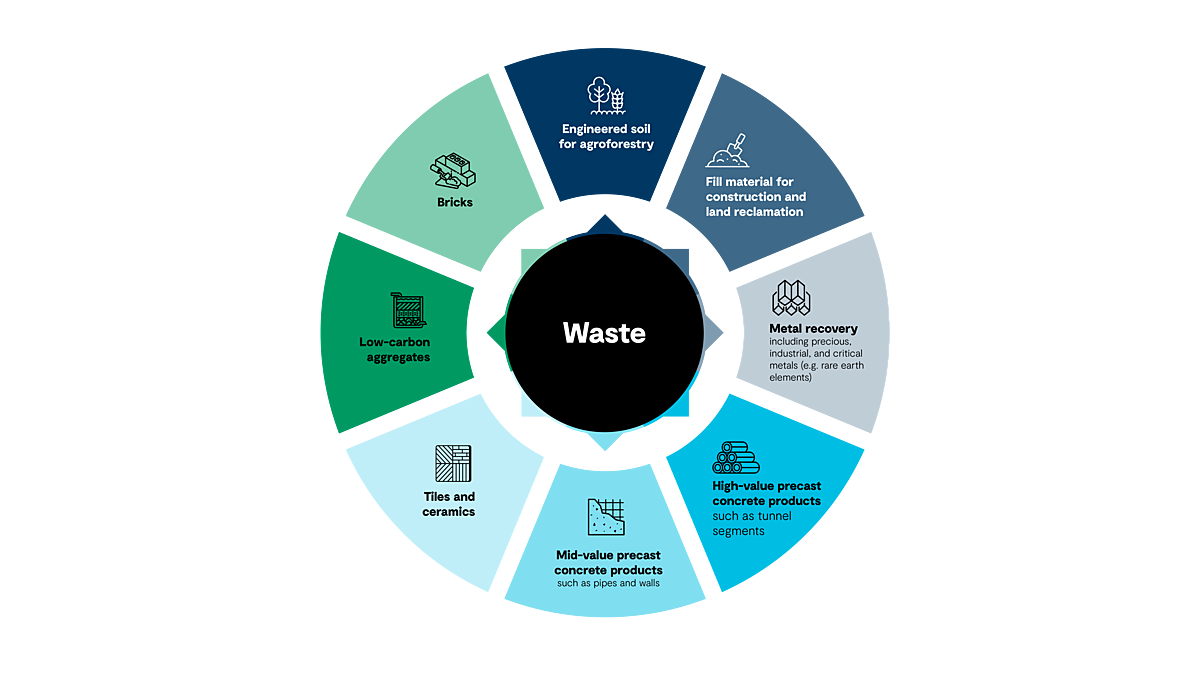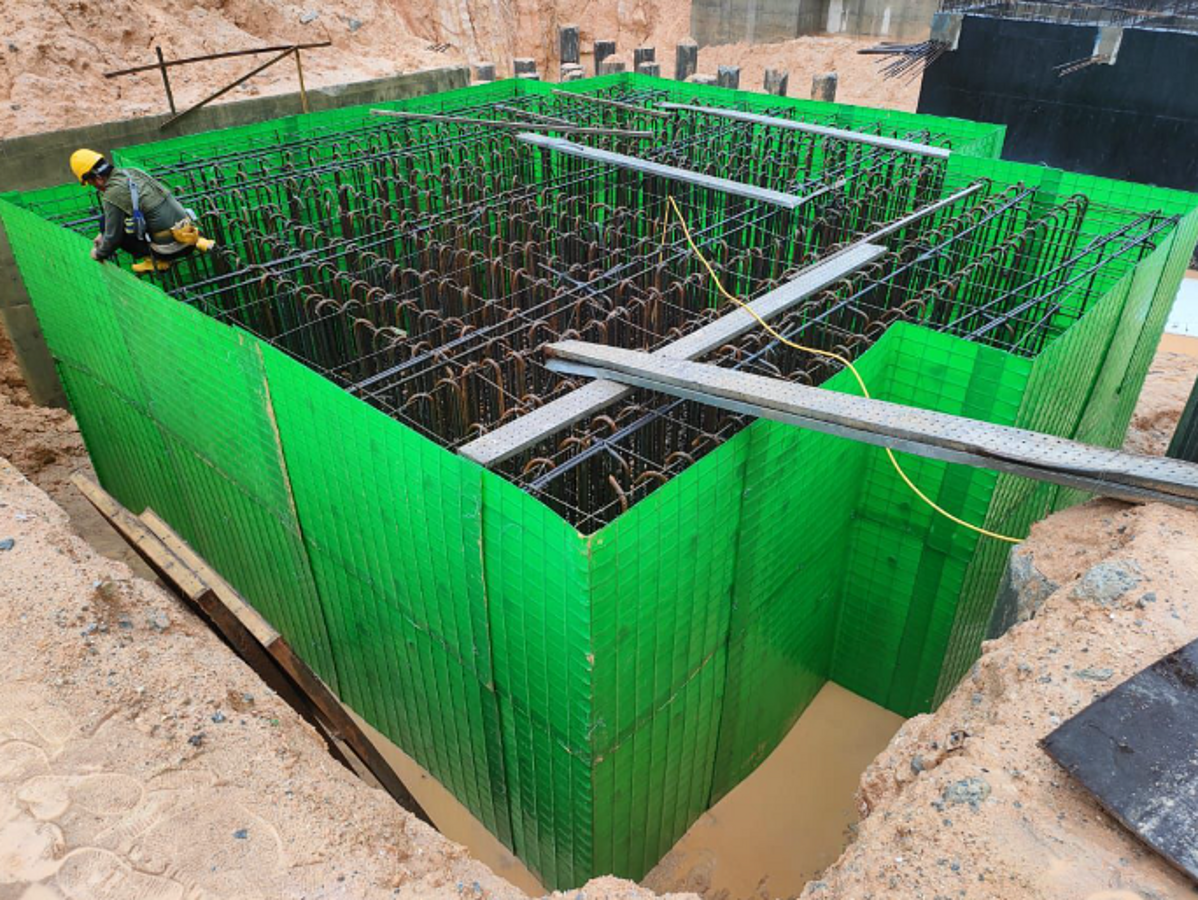By Marcelle P. Villegas
For the past centuries, the mining industry in the Philippines was greatly affected by the changes of government or colonisers, events around the world and more. It seems that whenever there is war, there is also a rise in the demand in certain mineral resources or a fall in the production rate of some minerals.
August is History Month in the Philippines as promoted by Government and Education sectors. The Philippines is rich in natural resources, cultural heritage and more noticeably, we are rich in history which brought progress or hindrance in economic growth through the years. Last August, during the Philippine Mining and Exploration Association (PMEA) Monthly Membership Meeting, one of the keynote speakers is Mr Hernulfo “Nonoy” Ruelo, Geologist Consultant. The title of his presentation is “Copper-Gold Discoveries and Mine in the Philippines - Understanding the Past, in order to make sense of the Current, and the Future”. It was a well-researched report and analysis on how historical events, like wars or change in leaders, affected the mining sector and the socio-economic status of the country. The presentation takes us back in time with some rare vintage photos from the past.
During the pre-Spanish Period, the earliest use of metal in the Philippines by our Filipino ancestors was the use of copper for ornamentation, not for tools or currency. Other metals used were gold and tumbaga (copper alloyed with gold). “Gold was the major form of ‘currency’ among the early Filipinos and one of the first things they [ancestors] taught their children was the knowledge of gold and the weights with which they measured.” (From the book by Evelyn J. Caballero, 1996. “Gold from the Gods: Traditional small-scale miners in the Philippines”. Giraffe Books, Quezon City.( p 196 and 263) On note, the pre-colonial mining methods had no environmental impact on land, water, air and people.
Pre-Spanish Period Mining in the Philippines started in the 3rd century when gold was traded with China and the Javanese empire where the height of this trade was during 12th to 14th century. The Chinese were the first foreign miners. Gold is both a commodity and a medium of exchange.
When the Spaniards arrived in the 1521, gold was already being mined, traded and used as jewelry or ornamentation by the native Filipinos. In fact, 16th century Filipino noblemen were decked in gold.
Colonial Period Under Spain 1500s - 1898: Paracale and Cordillera were the oldest goldfields. From 1500s - 1700s, gold was one of the tributes collected by the Spanish government and given to the King of Spain. In 1583 and 1595, an expedition was sent to mine in Cordillera but was a failure due to the resistance of the Igorots.
“Gold mining before the coming of the Americans was primarily in the hands of enterprises organized in the Philippines by Spaniards and Chinese mestizos and Filipinos, with a few other companies trying, without success, to produce commercially.” (Ref. - Wirkus 1974)
In 1600 to 1700, about 10,000 ounces of gold per annum were shipped to Spain, and the gold shipments to Spain increased from 1800 to 1895. For copper, the Spaniards opened the first copper mine in the country in 1842, called the Carawisan copper mine in Antique province. From 1864 to 1874, the Contrabro-Filipino Company operated Mankayan Copper Mine. Gold mining made its comeback in commerce in 1892 where concessions to foreigners were first granted. The British explorer, Frank Karuth of Philippine Mineral Syndicate, led the commercial-scale hard-rock and alluvial gold operations in Paracale District until 1895. (Ref. - Chaput 1987)
Philippine Revolution 1896 – 1902: With the rise of the Philippine revolt against Spain, in 1896, mining operations at Paracale dwindled until 1902 when the Filipino-American War ended. The Organic Act of 1902 was created which organized companies, issued patents, and established the Geological & Mining Science Department. By 1927, gold was the third best export commodity and initiated by the Philippine (Manila) Stock Exchange.
In the following years, the Mining Act of 1935 was released (Commonwealth Act 137) which introduced the Regalian Doctrine, the concept of Mining Lease, and the establishment of Bureau of Mines. The Americans invested US$ 34.2M in gold production. Mining for copper was reopened in 1936, the same time when the Japanese savvy for copper was high and led to the ‘discovery’ of the first large porphyry copper deposit in the country.
Commonwealth Period 1937 - 1941: This period in Philippine history was considered a golden era when Manila was highly modernised and was one of the most beautiful cities in Southeast Asia. In fact, in 1937, we had the best and well-equipped airport in the Southeast Asia, the Nielson Airport. (This is now Ayala Triangle Park in Makati City, and the original Nielson Tower is now “Blackbird” Restaurant.) Although this elegant airport was primary used as an aviation school, it also paved the way for trade and commerce for foreign investors. Philippine Airline made its first commercial flight in 1941, from Nielson Airport to Baguio. The Philippines was the largest gold producer in Asia and second only to California in world production. During the American period, 9 million oz of gold was produced from 1906 – 1941.
Japanese Occupation 1942 – 1945: Being a colony of United States of America, the Philippines got itself involved in war against the Japanese who invaded Manila in 1942. The Japanese took over Lepanto and the Hixbar mines (Rapu-rapu) and was able to mine and extract 11,000 tonnes of copper. No gold production was recorded. With the aggressive strategies of conquering their neighboring countries, Japan was unstoppable that time in their collection of natural resources that were needed to fuel their warships and planes and the production of weapons. Battleships Musashi and Yamato where the two giants in naval power that made Japan feared by other nations. The two battleships were defeated though in the Philippines during the Battle in Leyte Gulf in October 1945 which paved the way to the Liberation of Manila and eventually the whole country.
Post-war Reconstruction 1946 – 1954: Those post-war years were hard times for all war-torn countries. However, with the need for repairs infrastructure after WWII, there was an increase in the global demand for copper. Some gold mines in the Philippines were rehabilitated but the problems were lack of capital and low market demand. Copper production re-started in 1947. Since Manila was the ground zero and battlefield of the war that ended WWII in the Pacific (Battle of Manila in 1945), there were serious damages in the country’s economy and on the mining industry.
Korean War 1954 – 1960: For the Filipino soldiers who fought the Japanese during WWII, the Korean War was the first time for them to fight a battle in a foreign land. Although this war affected Southeast Asia directly, the gold prices maintained. However, in mid 1950s, the gold mines collapsed due to a recession period. The copper price rose slight due to high world demand. More Philippine copper mines opened.
Vietnam War 1960-1975: In 1972, U.S. President Nixon took dollar off the gold standard. It was fixed at $35 since 1934, but gold prices are allowed to float free which devalued dollar to $38. In 1973, world gold price jumped from $38 to $120. World copper rate hit high at $0.90 in 1974. World copper mine production was at its peak.
Martial Law 1972 - 1986: During Martial Law in the Philippines, copper price trended upward where the country’s copper production continued and boomed in 1980 where it reached its peak. It was in 1980 when Philippine copper production was recorded the highest at 306 Kt. However, the World Oil Crisis in 1973 - 1980 brought about a decline in copper demand. World Recession in 1982 – 1984 pulled down the copper prices. Philippine inflation devalued the Philippine peso and there was an increase in production costs, materials and equipment. The Global recession resulted in a decline in copper demand. The Philippine gold production was sustained and gold prices surged from 1978 to 1980. The modern Gold Bloom in 1980s brought about the rise of unregulated Small Scale Mining.
In summary, the explanatory variables of growth and decline in PH copper industry in the 1950s-1980s are:
- For Copper resources: risk capital or investments, development in the world’s copper market, technology, human capital in mining, domestic social, legal, and political environment .
- For the gold industry: gold resources, competition, commodity price, production costs, technology (bulk mining, milling, treatment), damages – natural & man-made disasters
(Reference). T.M. Santos 2001 . Growth of Copper Production: Determinants and Empirical Evidence. Social Science Diliman, July-December 2001. 2:2, 1-49.)
There were other historical events in the Philippines that followed like:
EDSA Revolution: 1986-1992 - gold averaged $381, copper $1.02 – There was investment uncertainty and several mines closed. New mining laws were crafted like the 1991 RA 7076 (Small Scale Mining Act). The 1987 Constitution replaced Leasehold into Agreements system.
From 1990s – 2004, there was collapse of the local mining industry. However from 2004 – 2009, there was a revitalization of the mining industry with EO 270 National Policy Agenda – Mineral Action Plan. Gold price surged from $410 to $873. Copper production hit lowest in 2004 at 16 Kt since 1957. The year 2005 brought global gold boom where Philippine gold-copper mines had expansion and reopening.
The Aquino Administration from 2010-2016 was within the Global Mining Boom period (2010 - 2013). It was a successful period for Philippine mine exploration, prospect drill-testing, and resource evaluation drilling.
In conclusion, Mr Ruelo presented a list of challenges that miners will need to face at the present time, namely:
- Fewer outcropping “easy-to-find” deposits are now left except in high-risk and “inaccessible” areas.
- Current mining operations will encounter increasing real costs (labor, materials, energy, environmental, community impact) that will affect production.
- The next generation of lower-grade copper/gold projects require significantly higher metal prices to justify development.
- We need to discover high-quality or better gold/copper resources, even deeper ones that can be economically mined – e.g. in greenfields and brownfields.

